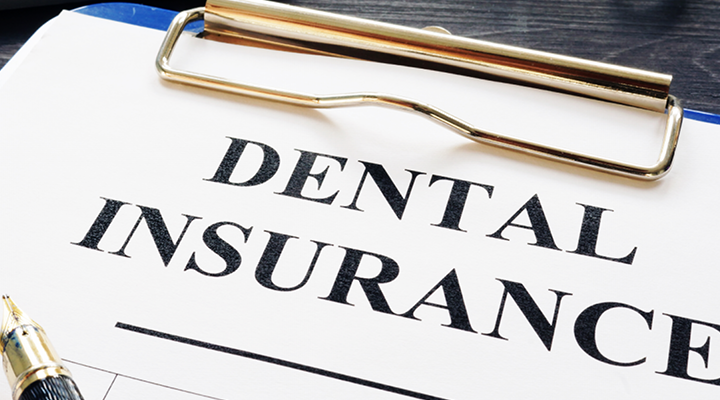
Having dental insurance is important for your oral and overall health. However, if you’re like most people, taking the time to fully understand dental insurance terms is a huge (albeit valuable) chore.
Don’t let confusing insurance terms keep you from understanding your coverage. This article explains some of the most important dental insurance terms to help you feel confident when choosing your plan.
Dental insurance terms to understand
To get the full value from your dental insurance plan, it’s good to familiarize yourself with the following commonly used terms:
Deductible
The amount of money a member agrees to pay before Delta Dental of Idaho starts to pay for services is called a deductible. You must pay for your dental care until you meet your plan’s deductible. However, you only have to meet your deductible once in a plan year.
Deductibles don’t apply to preventive care services like regular exams, X-rays, and cleanings. These are usually fully covered from the start (depending on your benefits plan), even if you haven’t met your deductible yet.
Claim
A dental claim is created when you get a dental procedure done. It’s a document outlining the procedures performed while you were at the dentist and how much they cost. This document is sent to your insurance provider for review. Your dental insurance provider will make sure your benefits are applied correctly to the procedures.
Coinsurance/Copay
Coinsurance and copays are how you share the cost of dental procedures after you’ve met your deductible. A copay is a fixed dollar amount. Coinsurance, on the other hand, is usually a paid percentage.
With a copay, you’ll always pay a fixed amount, no matter the total cost of your appointment. As a percentage, coinsurance changes depending on the total cost of the dentist.
Annual maximum
Annual maximum refers to the most amount of money your plan will pay for dental services in your plan year. If your plan is based on the calendar year, then the time frame for your annual maximum is from January to December.
For example, if your annual maximum was $1,500 and you reached that amount in August, you would have to pay for dental procedures without sharing the cost with your insurance provider until your plan year starts over the following January.
Premium
A dental insurance premium is the fee paid for your dental plan, which is usually a monthly charge. If your employer gives you your benefits, they likely pay either part or all of the dental insurance premium.
Delta Dental of Idaho is here to help!
The terms explained in this article are just a few dental insurance terms you may encounter as your coverage begins. If you have any questions about them or any other terms, be sure to reach out to our customer service team or check out this glossary of dental terms.
*Updated October 2023

